A US Patent is:
- A property right granted by the United States government to an inventor
- To exclude others from making, using, offering for sale, or selling the invention throughout the United States or importing the invention into the US
- For a limited time
- In exchange for public disclosure of the invention
Patentability: Inventions that are new, useful, non-obvious, and accompanied by a written description disclosing how to make and use the invention may be patented.
US Patent prior art search
Ensure that your invention is indeed novel and non-obvious; conduct a prior art search before filing a U.S. patent application.
PRIOR ART
Any document that contains a discussion or description relevant to an invention for which a patent is currently being sought or enforced, may be a prior art reference.
Prior art consists of information disclosed to the public including:
- S. patents and published patent applications
- Foreign patents and published patent applications
- Journal and magazine articles
- Books, manuals, and catalogs
- Websites
- Conference proceedings
- Scientific papers
CHALLENGES WITH RELYING ON KEYWORD SEARCHING
- Vague or inconsistent terminology: “Toy and Process of Use” (Patent 2,415,012)
- Obsolete names and terms: “LP” … “hi-fi” … “laser disc” … “water closet”
- Different meanings in different fields: “mouse” the animal v. computer “mouse”
- Synonyms: Rodent Extermination Device (Patent 5,185,953)
- Some text may have British spellings: Colourv. Color, Tyrev. Tire
- Spelling errors and variations: Repellant v. repellent, Three wheeled v. tri-wheeled
- Acronyms and abbreviations: LED, light emitting diode
BIGGEST CHALLENGE OF KEYWORD SEARCHING
- Text patent databes limit keyword searching to no earlier.
- Searching by classification allows access to all US patents.
What is classification?
A Classification system is a system of hierarchical categories used to organize like “things” by their characteristics and relationships
WORLDWIDE CLASSIFICATION SYSTEMS
What is a CPC?
- Joint partnership with the European Patent Office (EPO)
- Harmonization of the USPC and ECLA
- The CPC is divided into eight main areas, A-H
SIX-STEP US PATENT SEARCH STRATEGY
Strategy for searching U.S. patents and published patent applications to locate and evaluate relevant prior art; any previous publication that discloses an invention and would preclude issuance.
SEARCH. EXAMPLE: UMBRELLA
We have invented an umbrella with a new rib design to eliminate the umbrella collapsing or inverting due to winds.
STEP 1: BRAINSTORM TERMS DESCRIPTION
Possible questions
What is the purpose of the invention? It’s utilitarian device or an ornamental design?
Is the invention a process a way of making something or performing a function or is it a product?
Purpose: Umbrella has a new rib design to eliminate an umbrella collapsing or inverting due to high winds
Invention: An improvement in umbrellas to eliminate need for frequent replacement of umbrellas
Invention components: Framework with ribs, stretchers and a mainframe, securing rings, mounting brackets, joint connectors, fabric connectors, fabric linkage bar
How used: As needed in protection from the elements
Other terms (in addition to above): parasol, sunshade, support assembly or apparatus, windproof, wind-resistant, etc
STEP 2: KEYWORD SEARCH
- Use Boolean operators: OR & AND
- Include wildcard symbols (*)
- Incorporate quotes to group searches phrases
- Filter by selected fields
STEP 3: CONDUCT IN DEPTH REVIEW OF PATENTS YOU SELECTED BASE ON FRONT PAGE INFORMATION
- Review each U.S. patent you selected in-depth for similarity to your own invention.
- Look at other sections of the patent—additional drawings pages, the specification, and especially the claims.
- References cited by the applicant and/or patent examiner may lead you to additional relevant patents.
- Save the most relevant U.S. patents you find.
- Refine and repeat searches.
STEP 4 –RETRIEVE AND REVIEW PUBLISHED PATENT APPLICATIONS USING THE CPC YOU IDENTIFIED
STEP 5 – CITED REFERENCES
STEP 6 BROADENING YOUR SEARCH
- Extend your search to foreign patents and published patent applications using CPC classification, and re-run your search using Espacenetat http://worldwide.espacenet.com.
- Search non-patent print and electronic publications: books, journals, websites, technical catalogs, and conference proceedings.
- Hire a registered patent attorney or patent agent to review your search
ACCESS CPC SCHEMA
- Go to the USPTO home page at www.uspto.gov.
- Search for CPC classification schema using the search box on the home page or the search box in the top right-hand corner.
- Use specific language for your search terms: CPC scheme umbrella
- From the search results page, click an entry for a Class-Subclass Scheme page.
- If not satisfied with your results, rerun your search using synonyms that you identified in Step 1.
RESULTS
ACCESS CLASSIFICATION DEFINITION
- If the selected classification has a “D” to the left, it’s a hyperlinked to a CPC definition.
- CPC definitions are helpful in establishing the scope of the relevant classification. A45B 25/22 definition relies on images (below), however, most CPC definitions use text.











